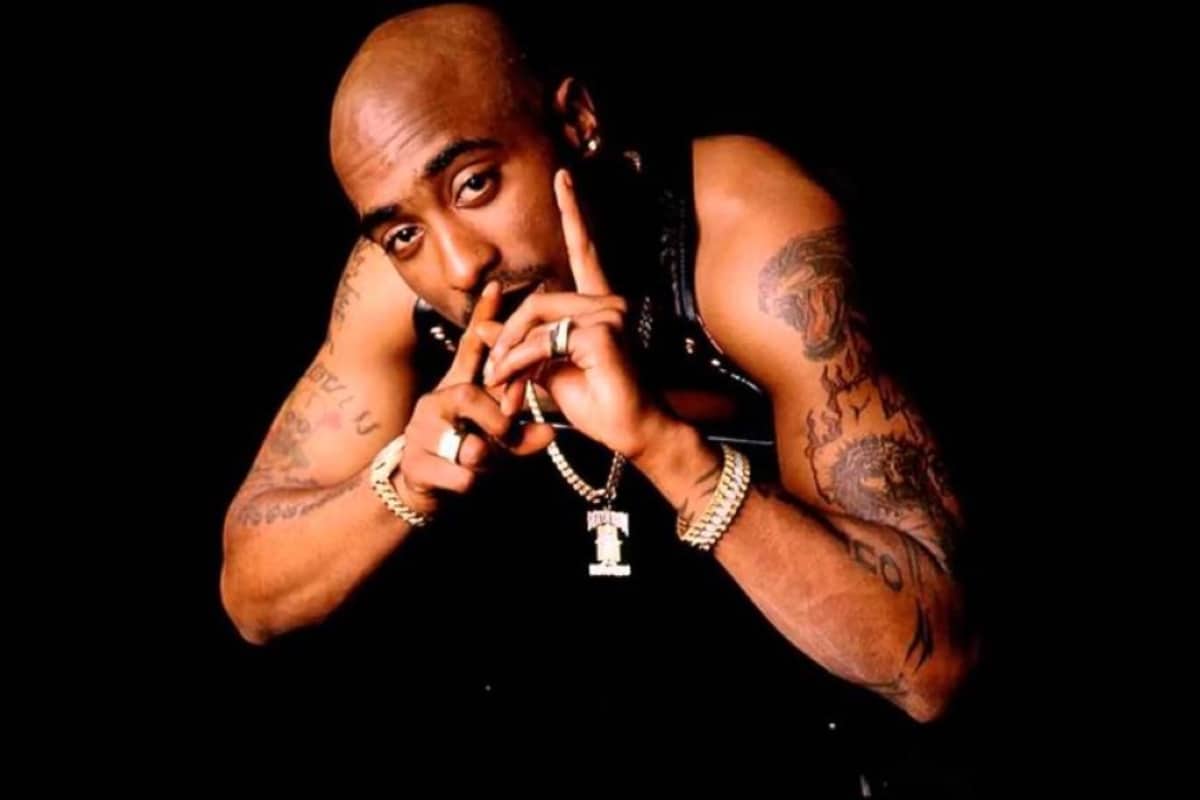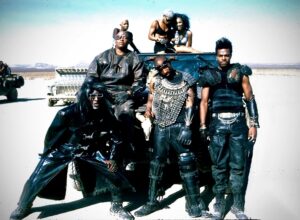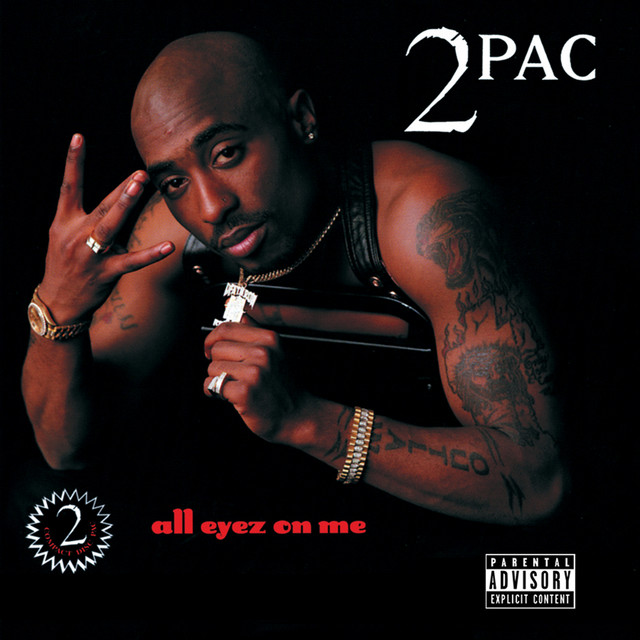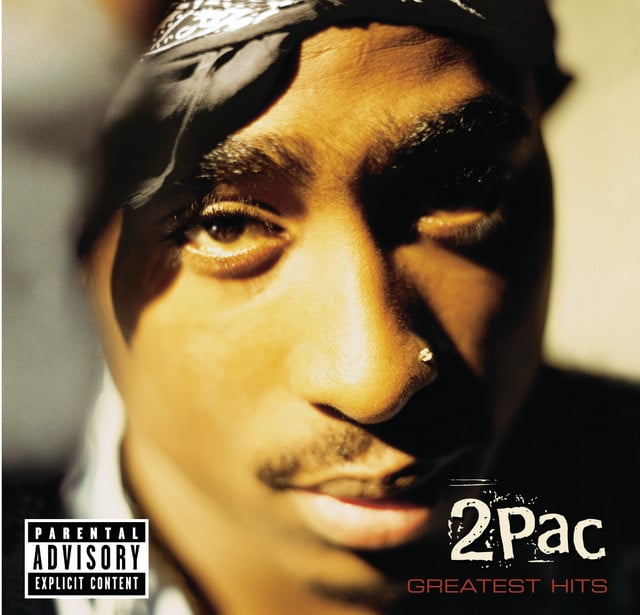Released: 1998
“To Live & Die In L.A.” by 2Pac captures the duality of life in Los Angeles, showcasing the glamour and allure while also confronting the struggles and dangers prevalent in the city. Tupac uses vivid imagery and personal experiences to express both the dreams and harsh realities of urban life, reflecting on themes such as economic hardship, community pride, racial tension, and the pressures of fame.
The opening of the song features a brief dialogue, questioning the impact of Tupac’s music, particularly the potential for sparking tension between the East and West Coasts during the rap rivalry of the ’90s. This sets the stage for the rest of the track by immediately confronting one of the most notable contexts in which the song exists—it’s a defiance and pride of being associated with the West Coast, especially L.A.
The chorus repeats the title “To live and die in L.A., it’s the place to be,” emphasizing a love for Los Angeles despite its dangers. The repetition of “You’ve got to be there to know it” suggests that the city’s complexity is something only those who experience it firsthand can truly understand. This echoes the personal attachment and familiarity Tupac has with L.A., embracing both its beauties and flaws.
In the first verse, 2Pac illustrates the everyday hustle in L.A., where making money and surviving the streets is a significant theme. He reflects on the emotional toll this lifestyle takes, highlighting “shedding tears” for lost friends and dealing with “cold hearted” situations where one might have to make tough decisions. His depiction of trying to “fatten’ our pockets” speaks to the universal struggle of achieving financial stability in challenging circumstances.
The verse also mentions “making money off of cuss words,” which speaks to Tupac’s use of controversial yet honest lyrics to portray reality and provide commentary. He shares insights on learning to navigate the system through his writing, and his fights are depicted through his pen, indicating his role as both an artist and an advocate. The phrase “Got me lost in hell, to live and die in L.A. on bail” underscores the never-ending struggle and feeling of being trapped, despite being on the outside.
In the second verse, the artist continues to delve into the complex social dynamics of Los Angeles, noting its ‘constant danger’ and the frequent presence of police surveillance—referred to as “ghetto bird helicopters.” This observation paints a vivid picture of the environment in which many young black men find themselves, highlighting the “three strikes” law that could easily land someone in jail for life, metaphorically right across from hell.
Tupac continues with a sense of belonging and identity, noting, “I love Cali’ like I love women.” This shows the multifaceted relationship residents have with the city. While acknowledging internal conflicts, he emphasizes solidarity when stating that “We’ll burn this bitch down, get us pissed.” It illustrates how external pressures can bring the community together despite internal disputes.
The third verse brings out the multicultural aspects of Los Angeles, recognizing the presence of Mexican Americans and the unity of “Black love, brown pride.” By mentioning figures like “Pete Wilson,” the then-governor of California known for supporting policies like Proposition 187, 2Pac takes a political stance against policies he perceives as oppressive or discriminatory.
Musically and culturally, the song references prominent L.A. landmarks, social spots, and known figures, creating an authentic narrative. By citing areas like “Crenshaw” and “MLK,” and people such as “Snoop Dogg,” he cements the song in a tangible reality that listeners from the area would find relatable and grounding. These references ground the narrative in real experiences and shared memories of a specific place and time.
To conclude, “To Live & Die In L.A.” is a complex ode to Los Angeles, highlighting both the struggles and beauty inherent in life there. Tupac’s heartfelt expressions make it clear that despite the hardships, there is a unique spirit and sense of pride tied to L.A. The track serves as a testament to 2Pac’s ability to tell a comprehensive story, tying personal, communal, and broader societal narratives together, solidifying his role not just as a rapper but as a chronicler of his era.








